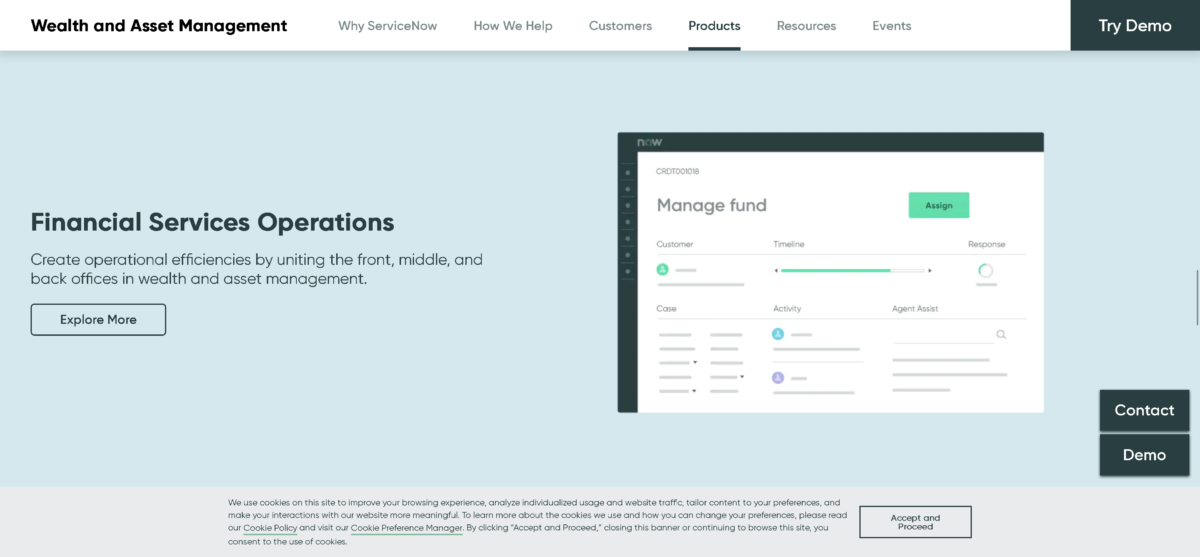The enterprise IT industry faces a massive transition. The economics of cloud computing are causing IT organizations to rapidly adopt lean practices. The provisioning, installation and management of IT infrastructure is a $400 billion industry, with more than 1 million employees in the US. The quality, affordability and efficiencies of cloud computing are displacing more costly and error-prone traditional computing models. The days of the system administrator are numbered.
The good news is that this cloud has a silver lining. The global economy is increasingly driven by software and the need has never been greater for developers and IT operators who can support devops, a new process of agile IT. DevOps, a portmanteau of Development and Operations, requires managers with a much wider perspective of technology development, where the IT Operator is responsible for provisioning servers, development of software and delivery of a complete service to the final customer. It’s a big change from the siloed approach of the last 20 years, where IT operations and development were not only separate but often hostile to each other.
The question is how fast can the IT industry make the transition? Code.org, a STEM education nonprofit, estimates the world needs more than 150,000 additional software and DevOps managers annually to keep up with the growth of the software economy. IT operators need to understand how to provision, manage and monitor IT services in the cloud as well as how software is developed to meet customers’ needs, if not actually develop the software itself.
The need for and scarcity of training are compounded by the speed and size of the transition to cloud computing. IDC estimates that the transition to cloud computing is the biggest transition yet in the IT industry, bigger than mainframe and PC revolutions that preceded it. Think about the largest technology brands of the past 30 years: Microsoft, IBM, Hewlett-Packard, Dell, Cisco, Oracle and Intel. Cloud computing disrupts huge swaths of revenue for these companies. IBM jettisoned its PC and server businesses. HP will continue to sell servers, but going forward the machines will be built by Chinese manufacturer Foxconn.
As traditional sources of training, information and support dry up, demand for new training venues has skyrocketed. Amazon’s re:invent conference nearly doubles in size each year and sells out within a month. The same is true of Google’s i/o conference. Chef, the provider of a leading cloud computing configuration management tool, says there is incessant demand for its technical content, training and hands-on labs. The biggest cloud conferences and news sources are from the vendors themselves, evidenced by the size of Amazon Web Services re:invent and Google i/o.
To make the transition to cloud computing, IT managers must evaluate and choose services from multiple vendors. They must be able to use multiple tools to provision and manage applications in the cloud. They must understand software development on IDEs and new Platform as a Service offerings, even if they cannot fully write the code themselves. And they need to get this training in a vendor-neutral way that lets them make choices to benefit their customers, not spoon-fed by vendors.
Infrastructure as a Service, the most basic cloud computing service, started eight years ago with the launch of Amazon Web Services. Today IDC estimates that cloud computing is a $130 billion market and growing by 40% annually.
The cloud computing value proposition is that anyone with a credit card can provision servers, storage and networking capacity in the cloud. While it’s true that cloud services have simplified the provisioning of IT infrastructure, large enterprise organizations have been the slowest in adopting public clouds. There are regulatory and performance issues that prevent some companies from making the move. But the true obstacle is cultural resistance and insufficient training resources. The next step in the cloud transformation is to give IT professionals the vendor-neutral technical content, training and hands-on experience to take the industry (and their careers) to the next level.
By Ryan Lee





